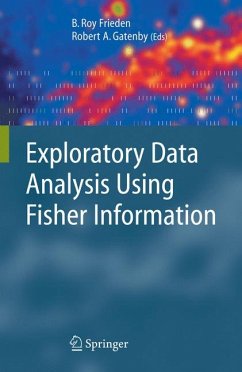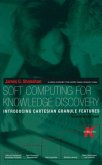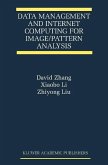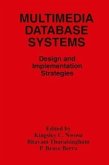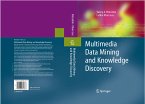Examples of system input-output laws discovered by the approach include the famous quarter-power laws of biology and the Tobin q-theory of optimized economic investment. System likelihood laws that can be determined include the probability density functions defining in situ cancer growth and a wide class of systems (thermodynamic, economic, cryptographic) obeying Schrodinger-like equations. Novel uncertainty principles in the fields of biology and economics are also found to hold.
B. Roy Frieden and Robert A. Gatenby are professors at the University of Arizona. Frieden is in the College of Optics, and Gatenby is Chairman of the Radiology Dept. at the Arizona Health Sciences Center. Frieden has pioneered the use of information for developing image restoration approaches, and for understanding the physics of unknown systems, both nonliving and living. Gatenby has actively promoted the study of information as a determinant of healthy and malignant growth processes, and has developed integrated mathematical models and empirical techniques for this purpose.
Dieser Download kann aus rechtlichen Gründen nur mit Rechnungsadresse in A, B, BG, CY, CZ, D, DK, EW, E, FIN, F, GR, HR, H, IRL, I, LT, L, LR, M, NL, PL, P, R, S, SLO, SK ausgeliefert werden.
Hinweis: Dieser Artikel kann nur an eine deutsche Lieferadresse ausgeliefert werden.
"Roy Frieden has been exploring the consequences of studying physical phenomena on the basis of Fisher information and extreme physical information ... . therefore wish to emphasize that the truly original feature of this book ... is precisely its broad coverage; its demonstration that such a simple principle, easily grasped, is capable of yielding valuable results in such a wide range of fields of enquiry. I found Frieden's earlier books immensely original and intellectually thrilling and this one adds yet more weight to that opinion." (P. W. Hawkes, www.amazon.com, October, 2007)
"I personally have used and exploited the Fisher information theme in numerous papers related to quantum mechanics and relativity, in particular via relations of FI to the quantum potential. I would even say that this theme seems to have 'cosmic significance' and in the present arena of information technology, processing, retrieval, and distortion the book should be considered as must reading." (Robert Carroll, www.amazon.com, October, 2007)
"The book begins with an introduction by Frieden, which covers Fisher information and its uses when employing the EPI approach. ... This fascinating book is well organized, written in a careful and systematic way, and contains much new material. It will be useful to those interested in information technology (IT), processing, retrieval, and distortion. It is an excellent source of information for the study and research of exploratory data analysis." (P. R. Parthasarathy, ACM Computing Reviews, Vol. 49 (8), August, 2008)

